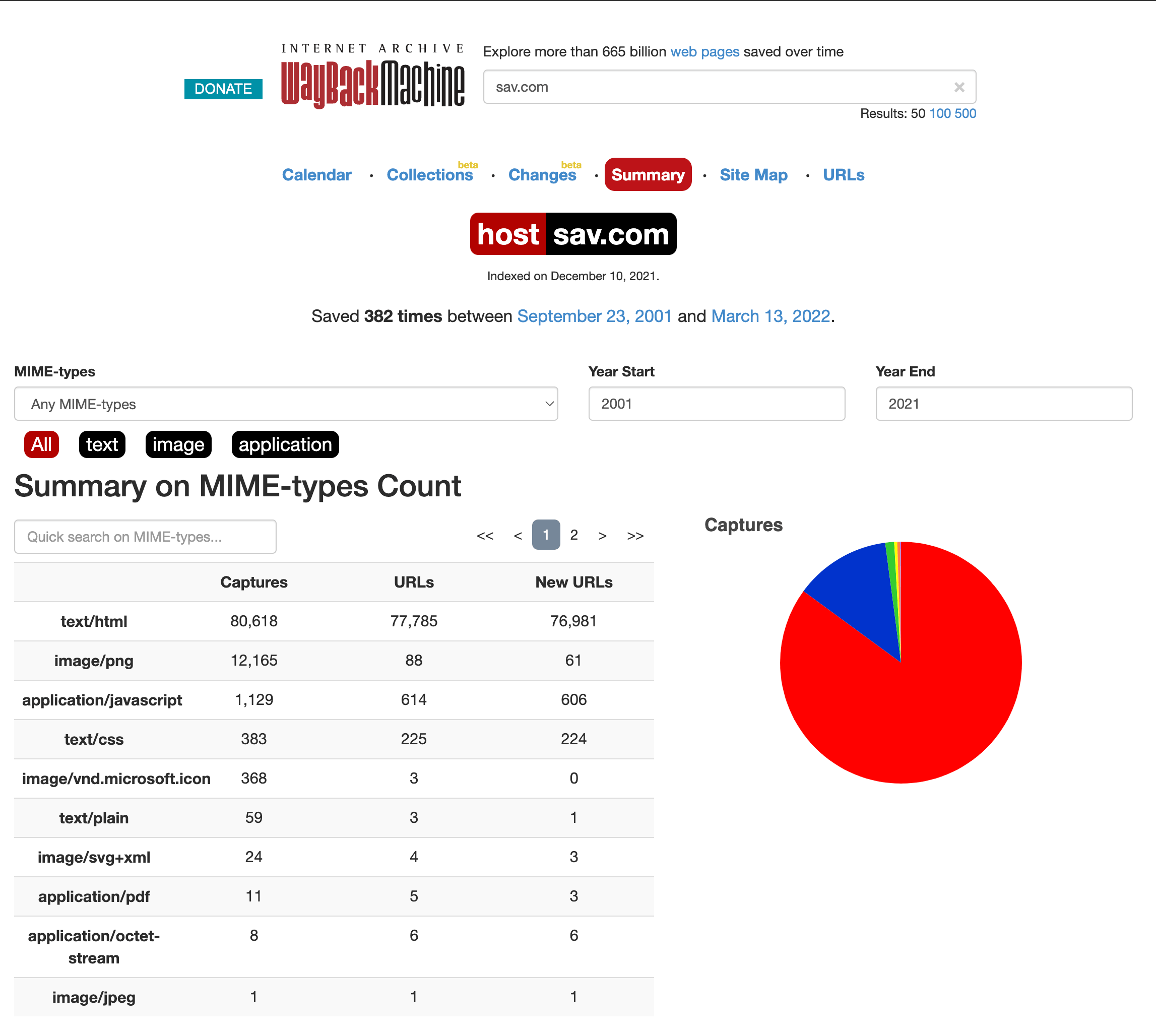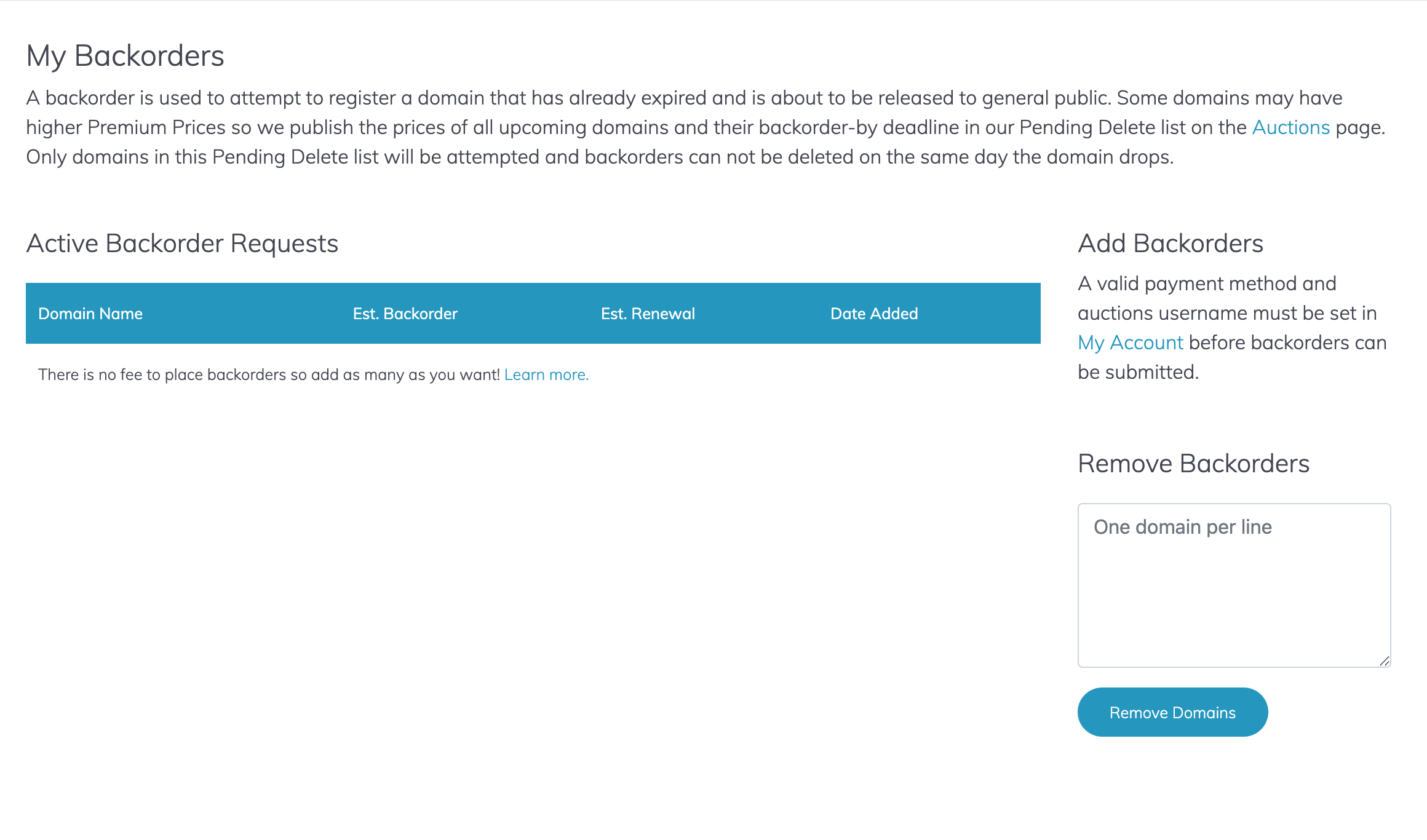Let’s say you’ve picked out a perfect domain and you’re ready to buy it. Maybe it’s to create a website for your ecommerce business. Maybe it’s the perfect addition to your domain investment portfolio. You type it into a domain name search bar at your favorite marketplace and the dreaded words come up: this domain is registered by someone else. Is this the end of the road? Do you have to get it in a different top level domain now? Not at all! You’ve got options!
How to Buy a Domain Name That is Already Taken
If the domain you want is already registered and not for sale, the first thing to try is negotiating a deal with the owner of the domain. That will start with figuring out how likely they are to hand it over and how much you’re willing to pay. It ends with contacting the current owner and making the purchase. Follow this step by step guide in your negotiation journey:
Check How the Domain Name is Currently Being Used
First, type the domain name into your browser and see what comes up. If it’s connected to a website, the owner probably won’t be willing to part with it. If a parked page comes up, you might have a shot.
.png?width=584&name=Sell%20Parked%20Page%20(1).png)
Find Out Who Owns the Domain Name
ICANN requires every domain owner to provide contact information at the time of registration. Performing a WHOIS lookup can show you that information for any domain if the owner doesn’t have WHOIS privacy enabled.

Make Sure the Domain Name Isn’t a Registered Trademark
Trademark and copyright laws apply to the internet just like they do in the physical world. If the domain is a registered trademark, no one except the trademark owner is legally allowed to own it. It will be obvious if the domain includes the brand name of a big company, but small businesses that you’ve never heard of before have trademarks too. Estibot has a tool where you can easily check this.
See If It’s Ever Been Connected to a Website
Even if there isn’t currently a website on the domain, past traffic means the domain is more valuable than one that has never had any traffic. The Wayback Machine is a good place to check this

Figure Out Your Budget
It’s one thing to have an idea of what you’re willing to pay, but to know if that idea is realistic, you’ll need some insight into what makes some domains more valuable than others. The cost of domains can look arbitrary to outsiders. Especially since similar domains can have such different prices. Domain name pricing isn’t an exact science, but there are factors that contribute to their value, including:

Length
Shorter domain names are more valuable than longer ones. Three letter domain names are in particularly high demand among domain investors.
TLD
The industry term for domain extensions like .COM, .NET, or .ORG is top level domain, or TLD for short. Some TLDs are in higher demand than others. For example .COM domains are typically more in demand than other TLDs, which makes them more valuable.
Age
Older domains are typically more valuable than new domains, especially if that history includes website traffic. The exception to this rule is domains related to future events that are likely to trend.
Traffic History
Domains with previous traffic history are more valuable because that means potential for traffic in the future. An online presence makes a domain more valuable. If the domain had subdomains attached, that’s even better for its value. You can check this and other aspects of the domain's history on Domain IQ.
Brandability
People want domains they can remember. This is why there is more demand for domains with:
- Common words and abbreviations
- Easy spelling and pronunciation
- Industry keywords
Doing some SEO keyword research will tell you if the word(s) in your domain are typed into search engines often.
Premium Tier Pricing
Premium Domain Names are domains that are priced higher than the standard cost for their TLD. In some cases, the higher price is set by a seller and in others it is set by the registry. As a general rule, new domain name registrations cost less than purchases of pre-existing ones.
Check if the Domain Name Has a Contact Form
If the domain isn’t currently connected to a website, it will lead to a parked page. If it’s not for sale, this page will probably say something like “coming soon.” It could also have ads on it, which tells you the owner is using it for cash parking.
Some parked pages have contact forms so prospective buyers can make an offer. This makes it easy to contact the current owner, but even if there isn’t a contact form, you still have options.
.jpg?width=4288&name=firmbee-com-SpVHcbuKi6E-unsplash%20(1).jpg)
Contact the Current Owner of the Domain Name
ICANN requires all domain owners to provide verifiable contact information at the time of domain registration. You can access this information by performing a WHOIS lookup. Many domain owners enable domain privacy, which redacts their name, phone number, and address from the WHOIS lookup, but some don’t. It doesn’t hurt to check.
If they do have privacy protection enabled, you can still make an offer from the domain name registrar, which you’ll be able to find on the WHOIS lookup, or a third party broker. We partner with Sedo for this.
Pay For the Domain Name
Once you’ve negotiated the price, the final step is to pay and transfer the domain ownership to you. It’s always a good idea to use an escrow service for these transactions. An escrow service is a neutral third party that will receive the funds from you, then give them to the buyer. In short, their job is to make sure you get paid what you’re owed.

Transfer Ownership
If you purchase the domain from the same place where it’s registered, this will be quick and free. If it’s at a different registrar, you will also have to pay a domain transfer fee and might have to wait up to a week.
Not every registrar has the exact same transfer process, but it usually involves unlocking a domain and entering an authorization code. Authorization codes are also called transfer codes, auth codes, and EPP codes. If you want the transfer to go faster, you can ask the seller or approve or “ACK” the transfer.
How to Backorder a Domain
If the right domain for you isn’t for sale and the current owner isn’t willing to give it up, you can always place a backorder. This will make it so you can register the domain once it expires.
Placing a Backorder
Follow these step by step instructions to place a backorder with Sav. The process is similar on other registrars and backorder services as well, but some details may vary.
- Login to your Sav account.
- Navigate to the My Backorders page.
- In the field below Add Backorders, enter one domain per line.
- You will see this domain appear in your Active Backorder Requests list.
- There is no fee to place backorders, so add as many as you want!
- You will receive an email confirming the domains to backorder and what the current registration prices for captured domains are. These prices can change over time.

Catching a Backorder
When a registrar catches a backorder, one of three things could happen next:
- You get charged the backorder price and receive the domain in your account.
- A private auction starts (just between you and the other people who placed a backorder on the domain)
- A public auction starts (open to anyone, even if they didn’t place a backorder)
If you’re the only person who backordered this domain, you will receive the domain. If multiple people did, an auction will start.

Things to Keep in Mind About Backorders
Backordering is great, but it has some limitations. First of all, backorders aren’t guaranteed. Even if the domain does drop, several services could be competing to catch it. Some TLDs (like .BIZ, .ORG, and .BUZZ) don’t allow people to backorder their domains.
In the case of an auction, the first person who placed the backorder automatically gets the first bid. If that’s you, you could get lucky and get the domain for the minimum bid. Or you could end up in a bidding war and paying much more than you expected to. There is no harm in placing backorders on the same domain with multiple services. This will help your odds and most registrars don’t charge for backorders unless they catch it.
Don’t Give Up!
A good domain can be hard to find. If you can’t get it right away, don’t be discouraged. If you don’t need this specific domain right away, you can always try again later on.
.jpg?width=4608&name=jungwoo-hong-cYUMaCqMYvI-unsplash%20(1).jpg)
How Sav Can Help
There are a lot of reasons Sav is a great place for domain sales and purchases. We have the tools to help you buy your perfect domain name and build an online business.
- Wide domain name selection
- Low prices
- 4% commission rate
- Free SSL and WHOIS privacy
- An affordable website builder
- A delightful customer support team
- DNS powered by CloudFlare
What are you waiting for? Get started today!
Newsletter
Popular
Top Articles
Recommended articles
Managing Your Domain Portfolio
There are several pieces that go into building a domain portfolio, and if done correctly you can have a substantial return on your...
Read moreAuctions Made Simple
An auction is one of the most popular ways to get the best domains. As a seller, it's a great way to sell your domain fast and for the most...
Read moreBIN vs Auction: The Best Way to Sell Your Domain
When it comes to domain name sales, the decision of whether to set a fixed price for your domains or leave them open for auction is a...
Read more



